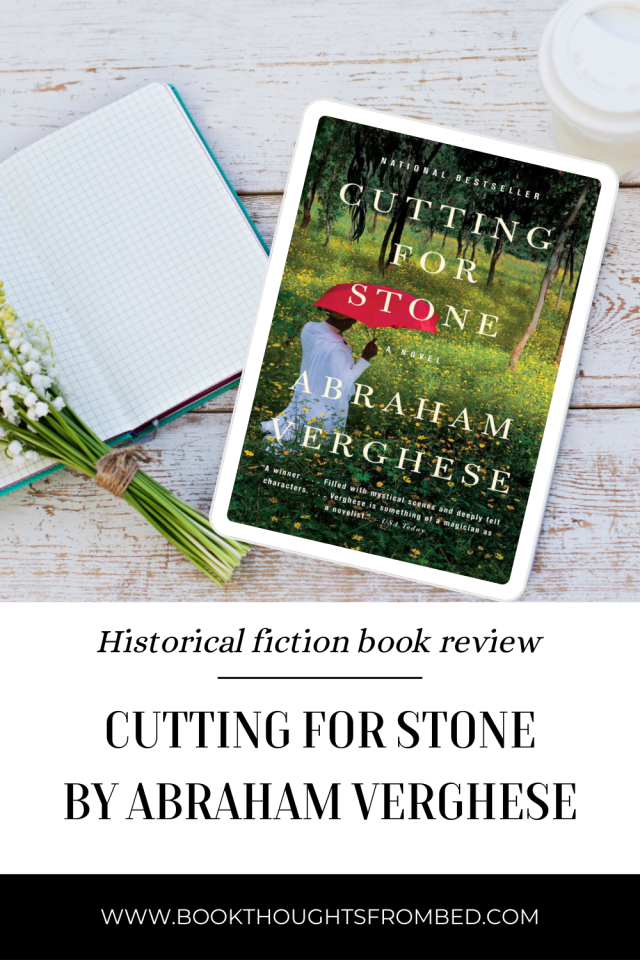Are you ready to embark on a literary journey that intertwines destiny, family, and the delicate precision required in the art of medicine? If so, “Cutting for Stone” by Abraham Verghese may be the perfect novel for you. This captivating saga set against the backdrop of Ethiopia unfolds the complexities of human relationships and the indelible scars of history. It raises an intriguing question: What would you sacrifice for love? As you navigate through the narrative, you might find yourself challenged to confront your own values and definitions of sacrifice.
The chronicles of Marion and Shiva Stone, the twin protagonists, commence with a dramatic flourish, catalyzing a series of events that will define their lives forever. Born of a secret union between an Indian nun and a British surgeon, these boys are destined to be connectors in both their family saga and the broader tapestry of Ethiopian history. The narrative begins with their unconventional entrance into the world; a birth that is both miraculous and tragic, establishing the tone for a life that balances precariously between joy and sorrow. Such a beginning poses the challenge of reckoning with the impact of heritage and circumstance—all woven into the fabric of their identities.
The dualities present in the novel—light and dark, hope and despair, love and abandonment—punctuate the life stories of the characters. Verghese’s prose dances between poignant and impassioned as he delves into themes as complex as the human psyche itself. The interplay of medical practice and the ethical dilemmas faced therein becomes a central motif. It’s fascinating to explore the notion of medicine not only as a profession but as a calling, one that demands immense dedication and, at times, the forbearance of personal affections.
Moreover, “Cutting for Stone” functions as a symbiotic relationship between the medical world and the emotive human experience. The intertwining of these aspects invites an analytical exploration of the responsibilities that healthcare professionals carry. One cannot help but ponder: How can one remain emotionally detached while confronting life-and-death situations daily? Verghese compels readers to investigate this dichotomy through the vivid experiences of his characters, all while evoking empathy for their trials and tribulations.
Another dimension that enriches the narrative is the portrayal of Ethiopia as both a vibrant character and a conflicted landscape. The socio-political undertones resonate throughout the storyline, crafting a vivid picture of a nation grappling with revolution and change. Verghese masterfully captures the essence of Ethiopian culture, weaving in the complexities of familial bonds and societal expectations. The setting not only acts as a backdrop but captivates the reader, fostering a sense of attachment to the land that shapes the characters’ realities. This thematic juxtaposition echoes a challenge: How do we balance our roots with our aspirations, particularly when the world around us is in a continual state of flux?
A pivotal character in the novel is Hema, the skilled surgeon who becomes a maternal figure to the twins. Her journey, swimming in the undercurrents of both mentorship and personal conflict, mirrors the overarching theme of sacrifice. The intricacies of her relationships illuminate a central conflict: can one woman bear the weight of shared grief while simultaneously fostering new beginnings? The reader is thrust into an exploration of sacrifice, love, and the eternal struggle to reconcile past relationships with the hope for a harmonious future.
As the narrative unfolds, readers are treated to a mosaic of human emotions—love, betrayal, jealousy, and reconciliations—all to be dissected and examined. It poses yet another question: At what point does the desire for personal happiness begin to obstruct the path to familial loyalty? The Stone twins’ story serves as a crucible for examining the various forms of love, whether it be brotherly, romantic, or even the love shared amongst mentors and proteges. Each relationship morphs and evolves, reflecting the complexities of human interaction.
The emotional weight intensifies as Marion and Shiva find themselves on divergent paths, wrestling with the scars of their childhood and the legacies of their parents. At times, the narrative reaches operatic heights, sweeping readers into a whirlwind of crises that force characters—and us, their audience—to question the very nature of identity and belonging. The novel dares you to confront your own understanding of love and how it can fracture and repair. The reader is beckoned to ponder: What does it mean to forgive? And, can we ever be free from the chains of our past?
Verghese’s “Cutting for Stone” is not merely a novel about medicine and family; it is an invitation to meditate on the human condition. The intricate dance of faith, doubt, and the elusive truth of existence weaves a captivating narrative that resonates on multiple levels. Its vibrant characters force us to re-examine our values and question our boundaries regarding love and sacrifice. By the final pages, a sense of closure emerges, yet the questions linger in the air, tantalizing us to ponder the complexities of our own narratives.
In conclusion, this masterful tale beckons everyone to see beyond the surface and to confront the questions that dwell within. Are you willing to embrace the complexities of love, sacrifice, and identity? Picking up “Cutting for Stone” might be just the beginning of your journey into the depths of human emotion, promising a rewarding, albeit challenging, experience. After all, every page turned is a step closer to understanding the intricate relationships that bind us all.
